𝙀𝙣𝙙𝙤𝙩𝙝𝙚𝙡𝙞𝙖𝙡-𝙩𝙖𝙧𝙜𝙚𝙩𝙚𝙙 𝘽𝘽𝘽 𝙩𝙝𝙚𝙧𝙖𝙥𝙚𝙪𝙩𝙞𝙘𝙨
The Neuro-Network.
𝐉𝐨𝐮𝐫𝐧𝐚𝐥 𝐒𝐜𝐢𝐞𝐧𝐜𝐞
𝐄𝐧𝐠𝐢𝐧𝐞𝐞𝐫𝐞𝐝 𝐖𝐧𝐭 𝐥𝐢𝐠𝐚𝐧𝐝𝐬 𝐞𝐧𝐚𝐛𝐥𝐞 𝐛𝐥𝐨𝐨𝐝-𝐛𝐫𝐚𝐢𝐧 𝐛𝐚𝐫𝐫𝐢𝐞𝐫 𝐫𝐞𝐩𝐚𝐢𝐫 𝐢𝐧 𝐧𝐞𝐮𝐫𝐨𝐥𝐨𝐠𝐢𝐜𝐚𝐥 𝐝𝐢𝐬𝐨𝐫𝐝𝐞𝐫𝐬
A screen for Wnt modulators reveals an activator that acts to protect the vertebrate brain.
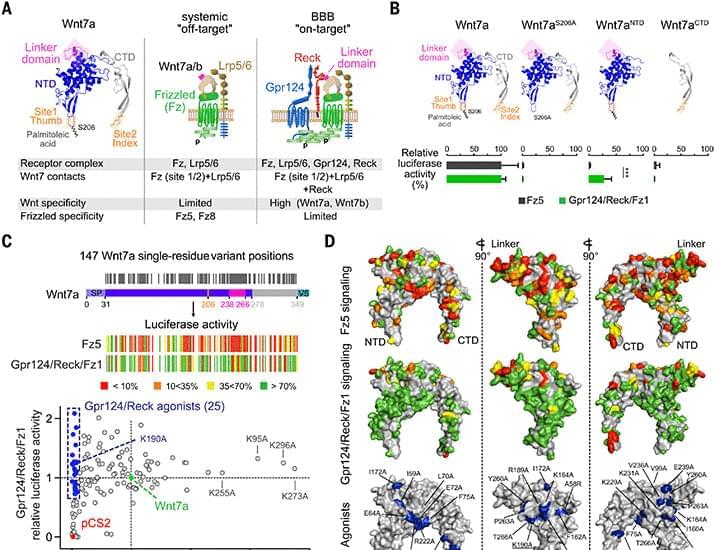

The unsung star of Jurassic Park was a mosquito frozen in amber. While you can’t really extract blood from specimens like that, you could be transported back in time if you looked at a specimen of fossilized tree sap and found a 110 million-year-old lizard staring back at you.
Creatures get trapped in amber all the time, but most prehistoric finds are insects. Amber is a great material for preserving arthropods because of their already tough shells that will hold on even if the insides disintegrate. But what about a lizard? Retinosaurus hkamentiensis is a new extinct species of lizard that was unexpectedly found trapped in Burmese amber. No one expected an entire reptile to be preserved so well, from its scaly skin down to its skeleton.
What are now the empty eyes of Retinosaurus may have once seen dinosaurs or giant ferns or dragonflies the size of your head. It was determined to be a juvenile that ran into a sticky situation when it ran into a glob of tree amber that it couldn’t escape. It was so well preserved that paleontologist Andrej Čerňanský of Comenius University and his team, who recently published a study in Scientific Reports, approached the prehistoric lizard almost as if it were alive.
Join us on Patreon!
https://www.patreon.com/MichaelLustgartenPhD
Papers referenced in the video:
Melatonin, human aging, and age-related diseases.
https://pubmed.ncbi.nlm.nih.gov/15582288/
Heart rate variability with photoplethysmography in 8 million individuals: a cross-sectional study.
https://pubmed.ncbi.nlm.nih.gov/33328029/
Inter-and intraindividual variability in daily resting heart rate and its associations with age, sex, sleep, BMI, and time of year: Retrospective, longitudinal cohort study of 92,457 adults.
https://pubmed.ncbi.nlm.nih.gov/32023264/
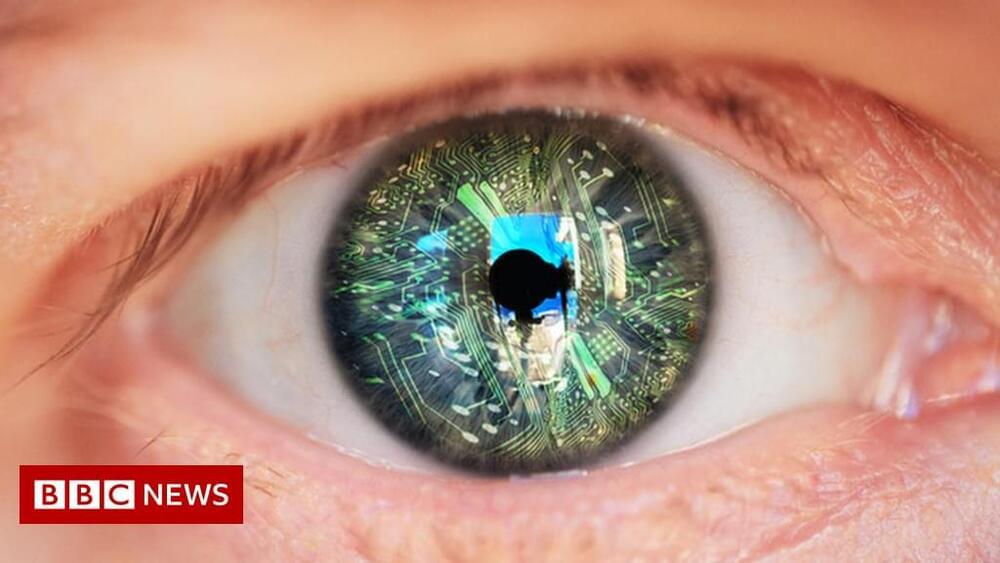
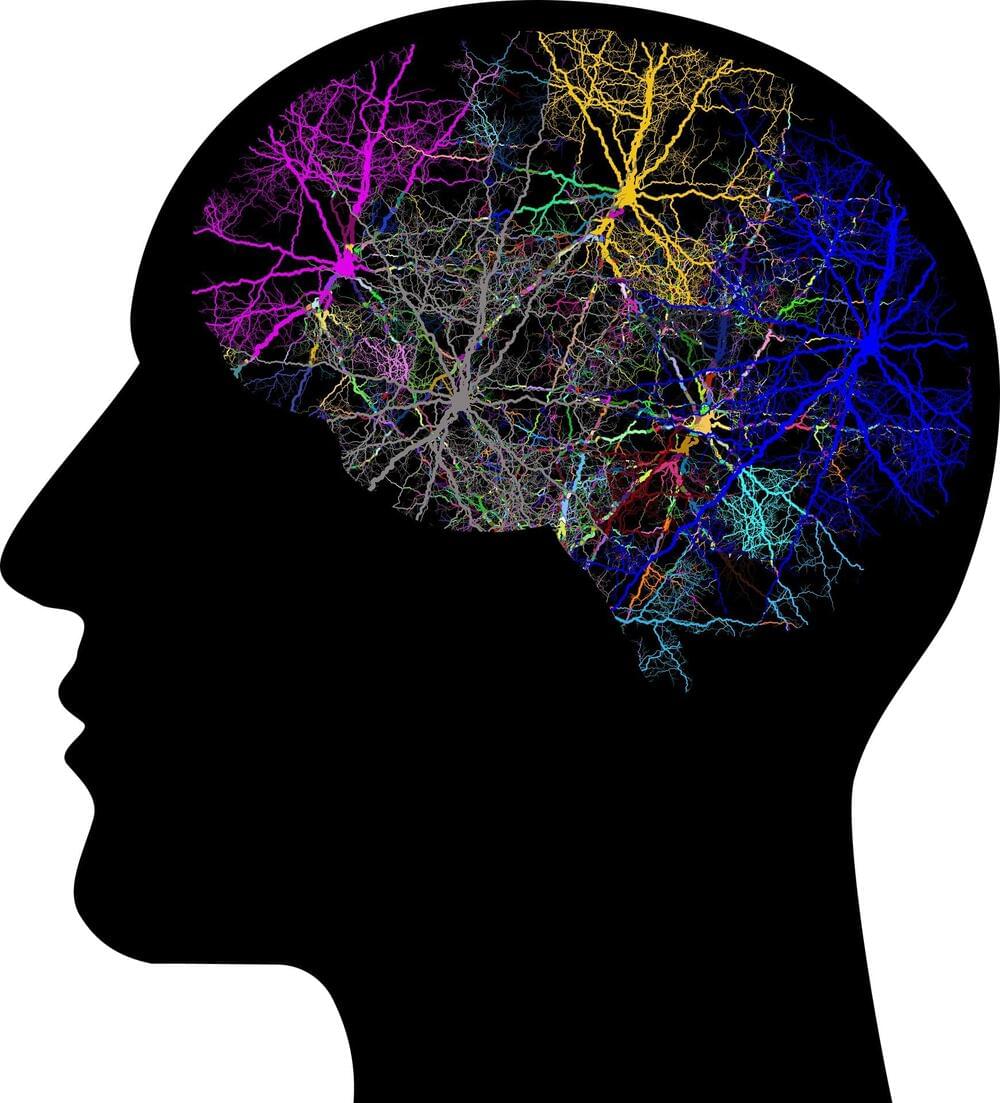
For something so small, neurons can be quite complex—not only because there are billions of them in a brain, but because their function can be influenced by many factors, like their shape and genetic makeup.
A research team led by Daifeng Wang, a Waisman Center professor of biostatistics and medical informatics and computer sciences at the University of Wisconsin–Madison, is adapting machine learning and artificial intelligence techniques to better understand how a variety of traits together affect the way neurons work and behave.
Called manifold learning, the approach may help researchers better understand and even predict brain disorders by looking at specific neuronal properties. The Wang lab recently published its findings in two studies.
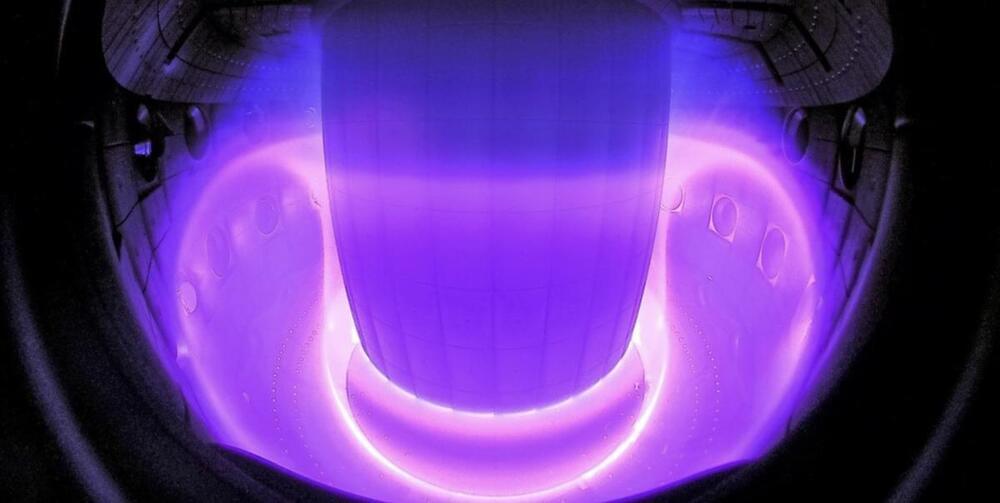

If you get nervous, you might feel it in your gut. If you eat chili, your gut might revolt, but your friend can eat anything and feel great. You can pop ibuprofen like candy with no ill effects, but your friend’s belly might bleed and might get no pain relief. Why is this? The quick answer is because we’re all different. The next questions are how different exactly, and what do these differences mean for health and disease? Answering these is much more difficult, but the UNC School of Medicine lab of Scott Magness, Ph.D., is revealing some interesting scientific answers.
For the first time, the Magness lab used entire human GI tracts from three organ donors to show how cell types differ across all regions of the intestines, to shed light on cellular functions, and to show gene expression differences between these cells and between individuals.
This work, published in Cellular and Molecular Gastroenterology and Hepatology, opens the door to exploring the many facets of gut health in a much more precise manner at greater resolution than ever before.
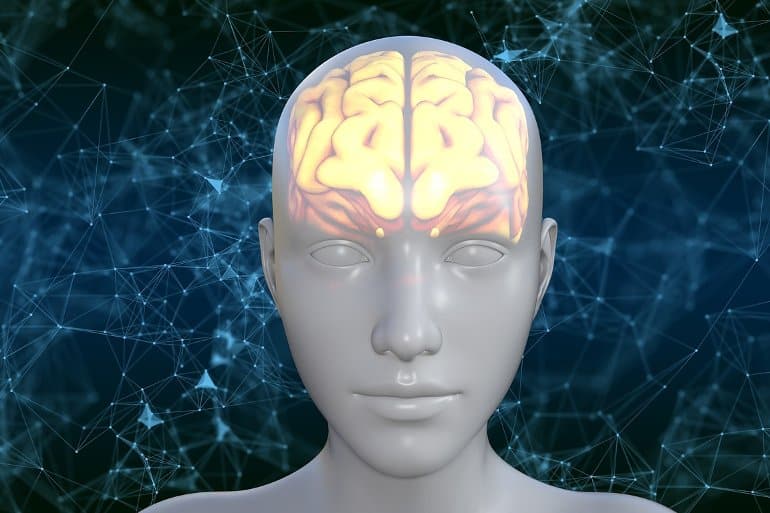
Summary: A new ethical framework proposes researchers should already assume brain organoids already have consciousness, rather than waiting for research to confirm they do.
Source: Kyoto University.
One way that scientists are studying how the human body grows and ages is by creating artificial organs in the laboratory. The most popular of these organs is currently the organoid, a miniaturized organ made from stem cells. Organoids have been used to model a variety of organs, but brain organoids are the most clouded by controversy.
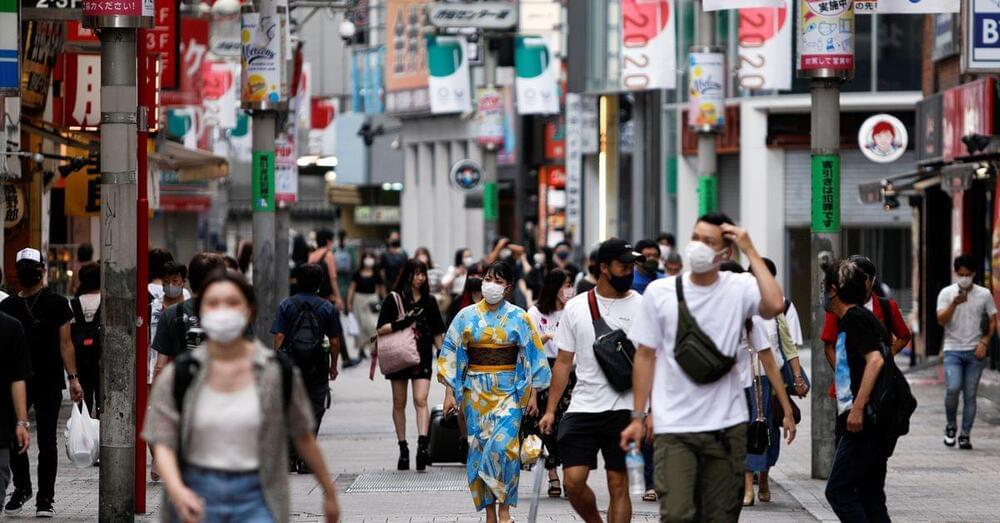
TOKYO, Feb 15 (Reuters) — Japan’s economy rebounded in the final three months of 2021 as falling coronavirus cases helped prop up consumption, though rising raw material costs and a spike in new Omicron variant infections cloud the outlook.
Bank of Japan Governor Haruhiko Kuroda also highlighted escalating tensions in Ukraine as a fresh risk to the central bank’s forecast for a moderate economic recovery.
The world’s third-largest economy expanded an annualised 5.4% in October-December after contracting a revised 2.7% in the previous quarter, government data showed on Tuesday, falling short of a median market forecast for a 5.8% gain.
Improving Lives Curing Type 1 Diabetes (T1D) — Dr. Sanjoy Dutta, Ph.D. — Chief Scientific Officer, JDRF
Dr. Sanjoy Dutta, PhD, is the Chief Scientific Officer at JDRF International (https://www.jdrf.org/) a nonprofit organization that funds Type 1 Diabetes (T1D) research, provides a broad array of community and activist services to the T1D population, and actively advocates for regulation favorable to medical research and approval of new and improved treatment modalities.
Dr. Dutta oversees all of JDRF’s efforts to cure Type 1 Diabetes and improve the lives of those living with it, which includes beta cell therapies, immunotherapies, glucose control and related disease complications. He is also responsible for international partnerships with world-leading government, non-government, foundation and commercial organizations. Dr. Dutta joined JDRF in 2009.
Prior to coming to JDRF, Dr. Dutta was the Associate Director of Translational Medicine and Clinical Biomarkers at Bristol-Myers Squibb, and Principal Scientist of Cardiovascular and Metabolic Diseases at Hoffmann-La Roche.
Dr. Dutta obtained his doctorate from the department of biochemistry and molecular biology at the University of Southern California and was a JDRF Postdoctoral Fellow in the department of cell biology and the Joslin Diabetes Center at Harvard Medical School.